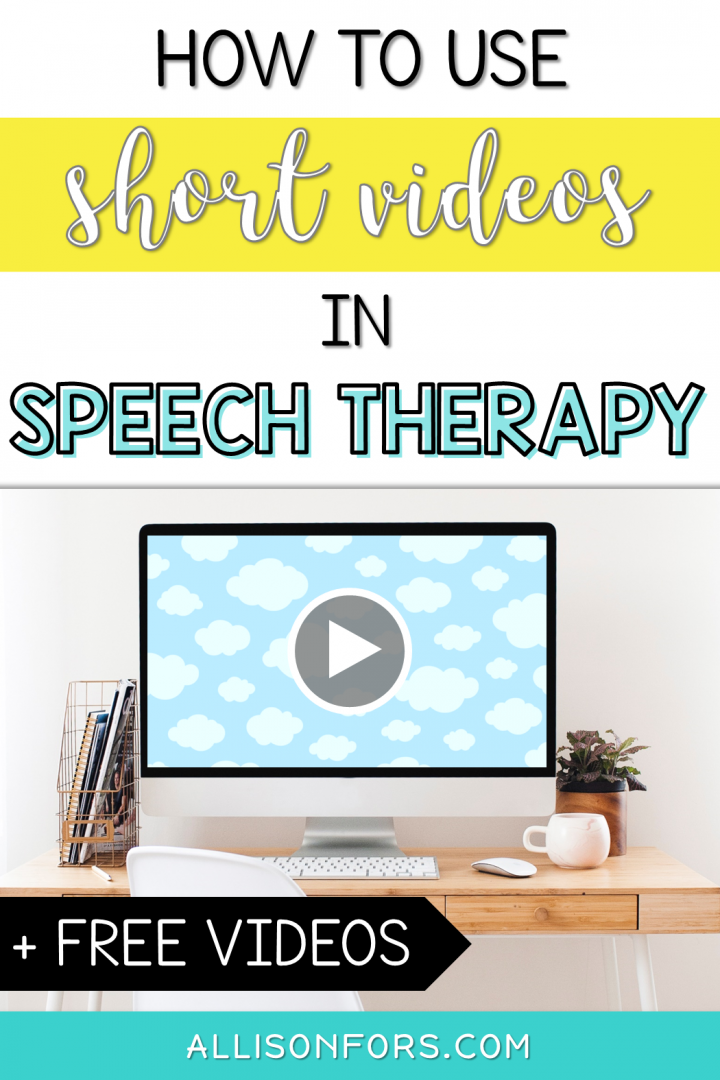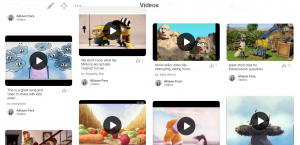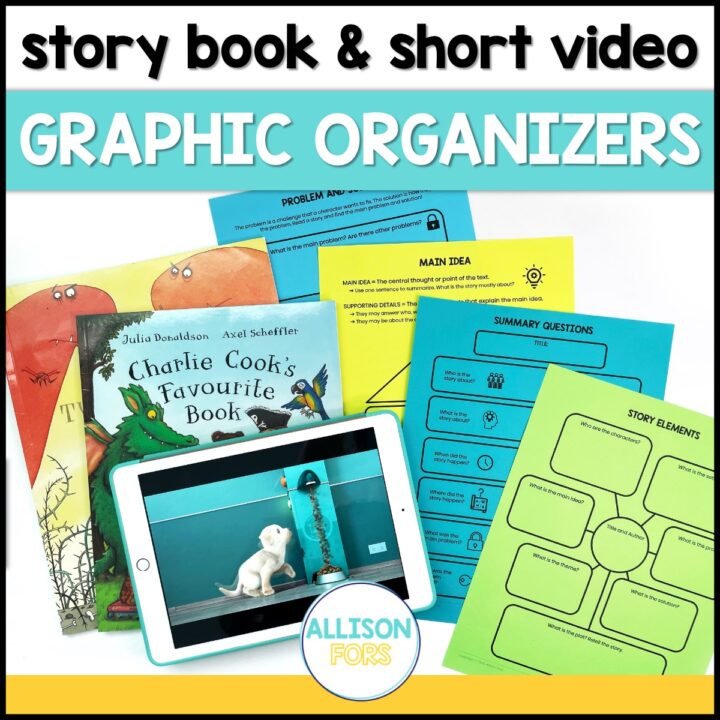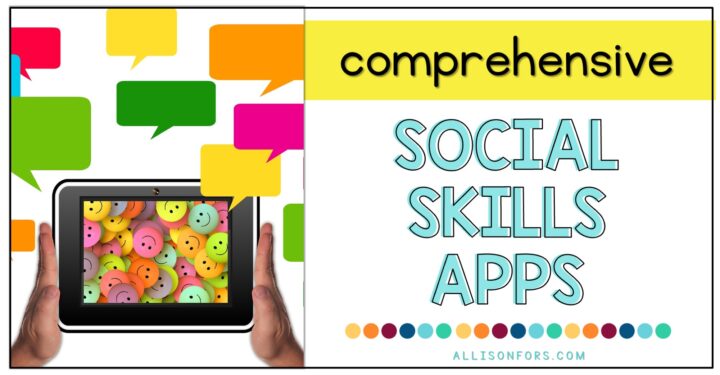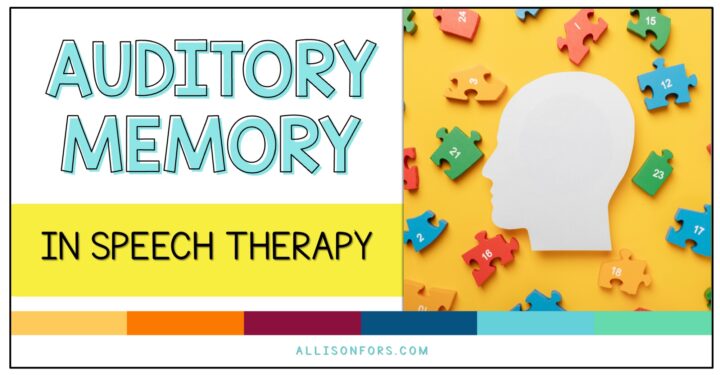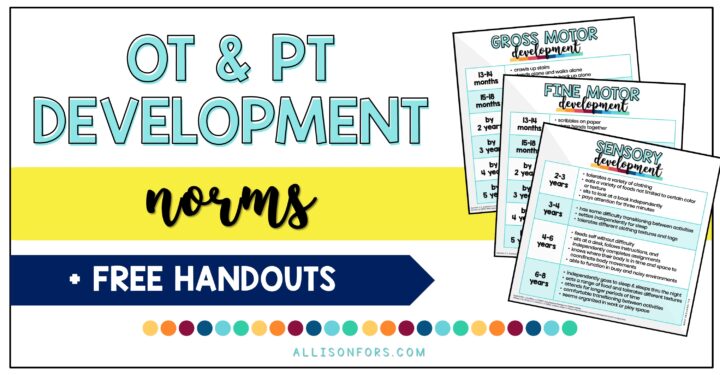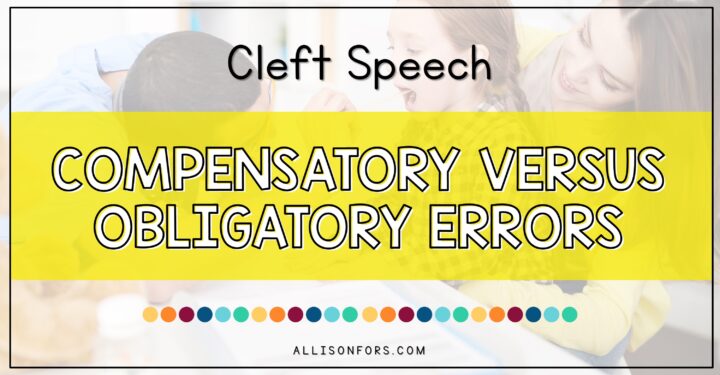
How to Use Short Videos in Speech Therapy (+ videos!)
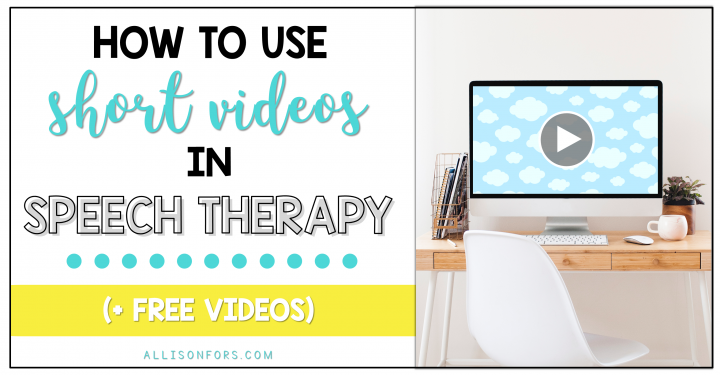
I have a Pinterest board dedicated to short videos that I pull up in sessions. This works for both in-person or teletherapy!
Feel free to pull this web page up in your session to work on any of the skills listed below. These are videos from the internet that I have saved on one webpage (pictured below.) You will need a Pinterest account and an internet connection. Feel free to follow and bookmark it to work on the skills listed below!
SPEECH THERAPY LANGUAGE TARGETS
INFERENCES
Short videos are a great way to work on inferences in many contexts! Making inferences from videos is easier (and tend to be more engaging and fun) than from text.
PREDICTIONS
Pause the video and make predictions about what will happen next or at the end of the video.
EMOTIONS
Wordless videos are especially great for identifying and discussing emotions. Pause the video at appropriate times and discuss what can be learned from the body language and facial expressions exhibited. After the emotion is identified, discuss: Why are they feeling this way? What events lead to this emotion? If it is a negative emotion…What can they do to feel better? Can someone in the video do something to help?
CAUSE/EFFECT
Use the video to discuss what caused an event to occur or the effect of an action. What would happen next if…? Why did that happen? Cause/effect is an important skill for cognitive organization and helps students find a connection between two separate events.
WH QUESTIONS
Videos are a fun way to work on receptive language (comprehending language). Use them to test understanding by asking WH questions (who, what, when, where, why, how).
SEQUENCING
After watching the video, have the child sequence the events. If helpful, use visuals such as “first” “next” “last” or have the child draw pictures.
RETELLING
Test the comprehension of what the child watched by having them retell what happened in the video. This is a great option if you have a child who won’t attend for a book, but you’d like to test their comprehension and think their attention may be affecting their ability to answer questions, sequence, or retell the text. Depending on the video, many other things can be addressed, such as figurative language, social skills, empathy, and problem-solving.
Have you ever used short videos in therapy? What other skills would you target?
You may also be interested in these Pinterest boards:
WANT GRAPHIC ORGANIZERS TO PAIR WITH THE VIDEOS?
Provide structure to your therapy sessions with these story elements graphic organizers! The 14 graphic organizers cover a variety of topics such as, character traits, main idea, story retelling and sequencing, story plot, and more.
Interested in more speech and language activity ideas, plus access to the freebie library!? Sign up below!
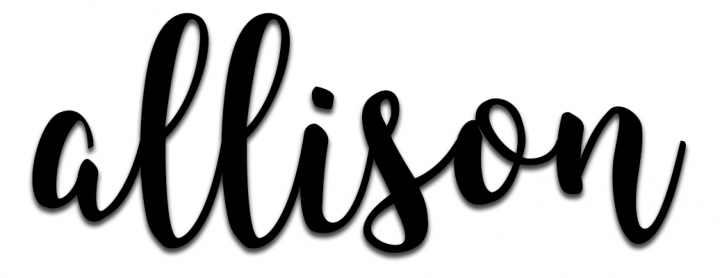
Enjoy this post? Please share it!
